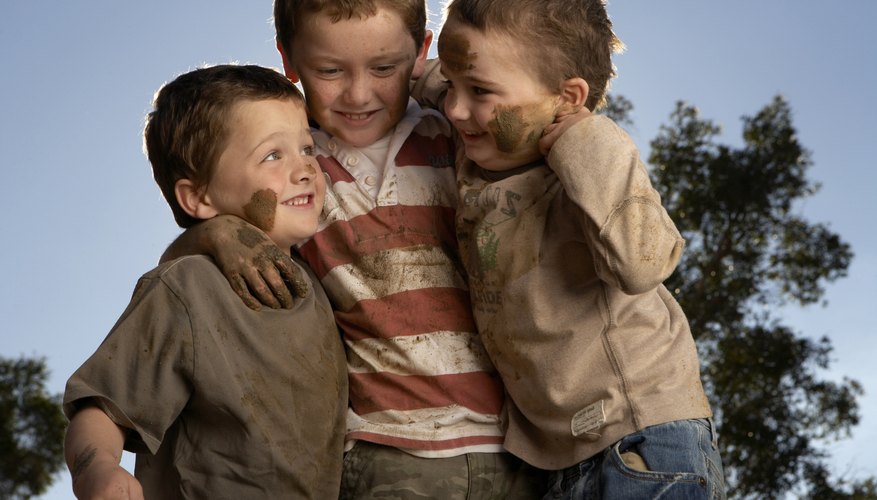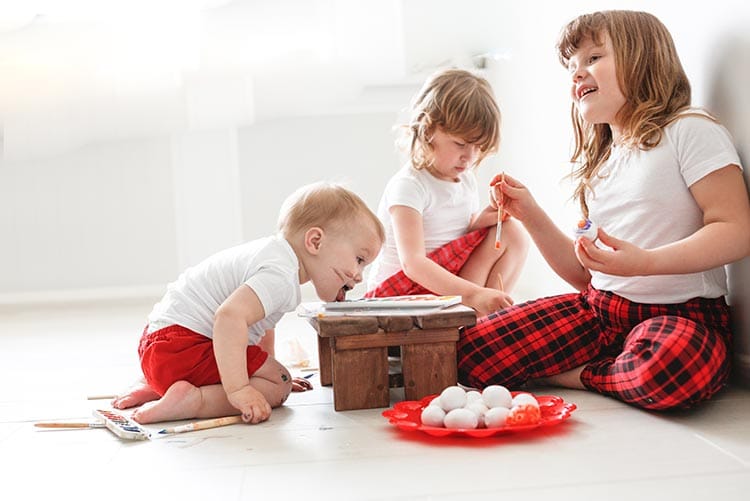
More physical ability and more independence can put children at risk for injuries from falls and other accidents.
#MIDDLE CHILD PDF#
Middle Childhood (6-8 years of age) pdf icon Child Safety First Encourage your child to join school and community groups, such as a team sports, or to take advantage of volunteer opportunities.Encourage her to solve problems, such as a disagreement with another child, on her own. Support your child in taking on new challenges.It’s best to focus praise more on what your child does (“you worked hard to figure this out”) than on traits she can’t change (“you are smart”). Follow up any discussion about what not to do with a discussion of what to do instead. Use discipline to guide and protect your child, rather than punishment to make him feel bad about himself.As your child learns to read, take turns reading to each other. Meet the teachers and staff and get to understand their learning goals and how you and the school can work together to help your child do well. Get involved with your child’s school.Do fun things together as a family, such as playing games, reading, and going to events in your community.Be clear about what behavior is okay and what is not okay.
#MIDDLE CHILD TV#

Help your child learn patience by letting others go first or by finishing a task before going out to play.Help your child set her own achievable goals-she’ll learn to take pride in herself and rely less on approval or reward from others.Talk with your child about respecting others.Talk with your child about school, friends, and things she looks forward to in the future.Help your child develop a sense of responsibility-ask him to help with household tasks, such as setting the table.Have less focus on one’s self and more concern for others.įollowing are some things you, as a parent, can do to help your child during this time:.Learn better ways to describe experiences and talk about thoughts and feelings.Show rapid development of mental skills.Want to be liked and accepted by friends.
Pay more attention to friendships and teamwork.Understand more about his or her place in the world.Show more independence from parents and family.Here is some information on how children develop during middle childhood: Emotional/Social Changes This is a critical time for children to develop confidence in all areas of life, such as through friends, schoolwork, and sports. Physical, social, and mental skills develop quickly at this time. Friendships become more and more important. Events such as starting school bring children this age into regular contact with the larger world. Having independence from family becomes more important now. By this time, children can dress themselves, catch a ball more easily using only their hands, and tie their shoes.

Middle childhood brings many changes in a child’s life.


 0 kommentar(er)
0 kommentar(er)
